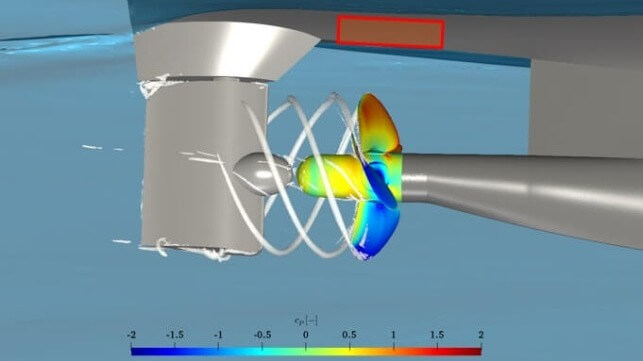Gasum and Equinor Collaborate on Bio-LNG Operations for OSV
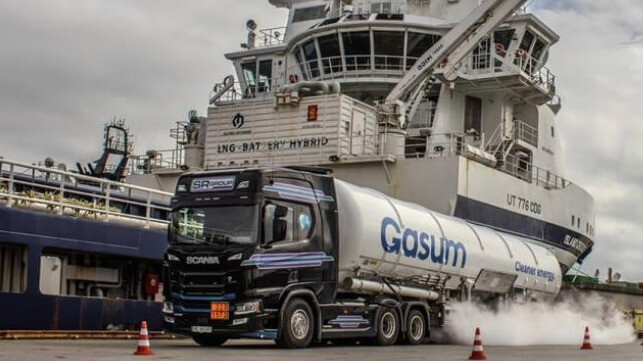
Gasum, the Nordic energy company owned by the State of Finland, is collaborating with Equinor on a series of liquefied biomethane (bio-LNG) bunkering operations in the Port of Dusavik, in Stavanger, Norway. The latest bunker, which was carried out in mid-July, expands on the earlier tests in 2021 which made the OSV Island Crusader the first offshore supply vessel operating on the Norwegian shelf running on biofuel.
The first bio-LNG delivery was successfully carried out in mid-July. Gasum reports it will continue to supply the Island Crusader with two to three truckloads of bio-LNG approximately every other week. Each truckload contains about 22 tons of bio-LNG.
Built in 2012 by Vard, the Island Crusader (4,750 dwt) is a pioneer using an innovative LNG hybrid battery technology. The vessel is fueled by pure LNG but also features an 896 kWh battery pack, which further improves its environmental performance. Owned by Island Offshore, it is operating under charter to Equinor to support its offshore operations.
Engine manufacturer Bergen Engines initially conducted tests on land to certify the engines for a switch to biofuel. A pilot project in October 2021 then confirmed that biogas can be used on LNG engines without any modifications.
Gasum highlights that biogas can be used in all the same applications as natural gas, including as a road and maritime transport fuel and as energy for industry. The biogas is a fully renewable and environmentally friendly fuel with life-cycle greenhouse gas emissions that are, on average, 90 percent lower when compared with fossil fuel use. It is produced from waste feedstocks such as biowaste, sewage sludge, manure, and other industrial and agricultural side streams and the by-product of biogas production is also high in nutrient content that can be used in industry and agriculture.
The operation is a pioneering step said Gasum as it works to procure more renewable gas to satisfy the increasing demand for sustainable energy. Gasum’s goal is to offer 7 TWh of renewable gas to its customers yearly by 2027, including biomethane and e-methane. A large portion of this volume relies on establishing long-term partnerships with certified biogas producers throughout Europe. Achieving this goal would mean a combined carbon dioxide reduction of 1.8 million tons per year for Gasum’s customers.
GFI LNG and Pilot LNG Form Joint Venture to Develop Salina Cruz LNG
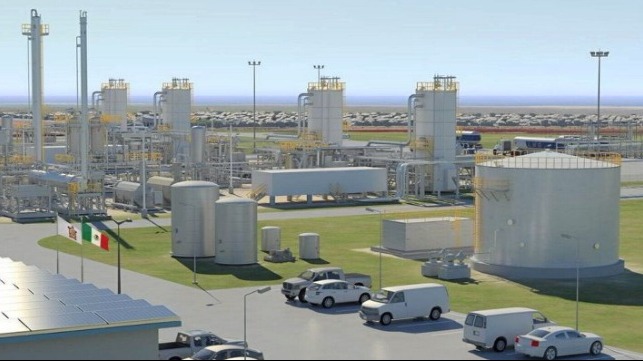
[By: Pilot LNG LLC]
GFI LNG LP (GFI), a diversified energy solutions company, and Pilot LNG LLC (Pilot), a Houston-based clean energy infrastructure developer, today announced that they have formed a partnership to develop, construct, and operate a small-scale LNG terminal in Salina Cruz, Mexico.
At full build-out, the facility is anticipated to produce 600,000 gallons of liquified natural gas (LNG) per day, or roughly 0.34 million metric tonnes per annum (MTPA). The partners anticipate operations to commence in mid-to-late 2027.
With speed-to-market in mind, the project is being designed to include modular, land-based liquefaction equipment and an optimized storage solution. The project will deploy a floating storage unit (FSU) with an estimated capacity ranging from 50,000 – 140,000 m3 to be moored inside the newly expanded breakwater in the Port of Salina Cruz.
Salina Cruz will use domestic Mexican gas supply from the Veracruz gulf region to access new high-value markets along the Pacific Coast. These premium markets include: LNG marine fuel deliveries at the Pacific entry of the Panama Canal and into Southern California (the Ports of Long Beach & Los Angeles), sales into Central American power markets, and trucked volumes in the local region of southwestern Mexico. Salina Cruz customers can expect to benefit from competitively priced, Henry Hub-linked LNG sales.
GFI, a Houston-based energy company, has over 20 years of continuous commodity sales of natural gas, refined products, and electricity into Mexico.
“The infrastructure planned in Salina Cruz will not only provide LNG to growing markets seeking cleaner fuel, but will also bring millions in direct community investment to the region” said Gomez. “We are pleased to be adding the LNG and marine expertise of Pilot to the development team. Thanks to our new partnership with Pilot, we look forward to bringing this facility to Salina Cruz.”
Led by LNG veterans with extensive experience in project development, Pilot aims to deliver LNG to new and existing markets across the world and develop a global portfolio of projects. “With long personal ties to the region, the GFI team is dedicated to helping bring infrastructure development to Salina Cruz and brings a critically necessary understanding and appreciation for the local community and government,” said Jonathan Cook, CEO of Pilot. “We are pleased to be working with GFI to help progress this project.”
GFI and Pilot plan to commence front-end engineering and design development for the project this quarter. The partners anticipate a 12-18 month development and permitting timeline and anticipate announcing a Final Investment Decision (FID) in the second half of 2025.
The products and services herein described in this press release are not endorsed by The Maritime Executive.
Maersk Cautiously Optimistic as It Plans Fleet Renewal Including Bio-LNG
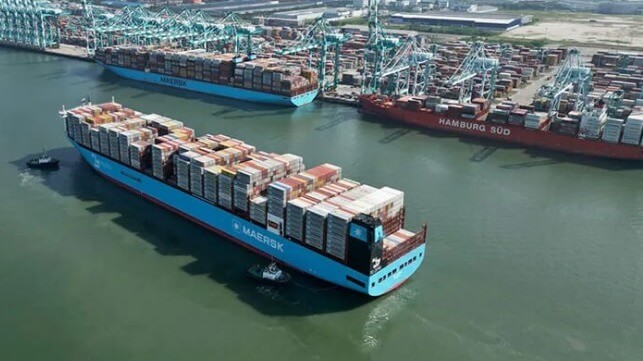
Maersk provided investors with additional details on its outlook while reporting a better-than-expected second quarter and sounding optimistic while emphasizing continued market uncertainty. After starting 2024 with a cautious note, the second largest container shipper reports higher than expected volumes and rates led it to raise its forecast to an operating profit of between $3 and $5 billion for the year. It made $1.1 billion in the first half of 2024.
Making the rounds through the major media outlets, CEO Vincent Clerc said the company had been surprised by the resilience of the container market moving from the pandemic to the decline in rates and volume in 2023, and now the disruptions in the Red Sea. He said the second quarter for Maersk was fueled by strong market demand and volume growth across all its segments and stabilization as the market absorbs the ongoing disruptions in the Red Sea region.
Maersk said profitability was building back in its ocean shipping operations largely driven by higher freight rates which helped them to achieve a 5.6 percent margin despite higher operating costs. The added distances of sailing around Africa drove fuel consumption and costs to an all-time high. Shippers Maersk also believes have accelerated their business fearing a range of issues from further disruptions to port congestion due to the impact on schedules. They also pointed to the potential for a trade war between the U.S. and China as the U.S. moves to raise tariffs and the further impact of the U.S. presidential election.
Moving into the third quarter, Clerc said they would benefit from the full effect of the higher rates. With a significant contract business, he said the full rate impact was yet to come for Maersk.
“Our results this quarter confirm that performance in all our businesses is trending in the right direction. Market demand has been strong, and as we have all seen, the situation in the Red Sea remains entrenched, which leads to continued pressure on global supply chains. These conditions are now expected to continue for the remainder of the year,” said Clerc.
Speak on CNBC he said the company did not see signs of a potential U.S. recession, noting the strong growth in Chinese exports. He predicted that the global container market will grow between 4 and 6 percent up from their earlier force of 2.5 to 4.5 percent growth. However, Maersk is also uncertain if there will be a further rush to move Christmas merchandise or if shippers have already built inventories for the year-end sales. Clerc said he believes freight rates have peaked with the easing of congestion and new capacity into the segment.
Maersk, unlike many other large carriers, has been slow on new orders with Alphaliner highlighting that five of the top 10 carriers now have larger orderbooks. CMA CGM is forecast by many to be set to surpass Maersk moving into the second position behind MSC Mediterranean Shipping. Maersk has also avoided the rush to the 24,000-plus TEU mega-ships.
Clerc said today however the company is set to accelerate a fleet renewal program. Maersk told investors it is increasing its capital forecast by $1 billion annually to $10 to $11 billion due to its continuous fleet renewal program.
While it is not finalized, the company said it is close to orders for 50 to 60 new containerships. Clerc however emphasized it is a fleet renewal saying the target is to execute with the existing fleet size of 4.1 to 4.3 million TEU. The company plans a renewal pace of 160,000 TEU annually and said it would have orders for 800,000 TEU this year for delivery in 2026 to 2030. They expect to build owned vessels with 300,000 TEU capacity and charter the additional 500,000 TEU of capacity.
The company has been adamant that its strategy for new orders was to only order new, owned vessels that come with a green fuel option. Clerc however admitted today that multiple fuel technologies are likely as the sector moves forward with Maersk saying “The exact split of propulsion technologies will be determined considering the future regulatory framework and green fuel supply.”
Maersk would not rule out orders for LNG-fueled ships and told investors it has commenced the work of securing offtake agreements for liquified bio-methane (bio-LNG). The company said its goal with the renewal program is to increase to 25 percent of its fleet equipped with dual-fuel engines.
Maersk has also raised its 2024 estimate saying it should provide at least $2 billion in free cash flow from its operations. While Clerc confirmed they had withdrawn from the bidding for DB Schenker, he said they continue to actively explore acquisitions for the land side of the business. The strategy remains a diversified logistics company balancing the ocean business with growth in the logistics sectors.
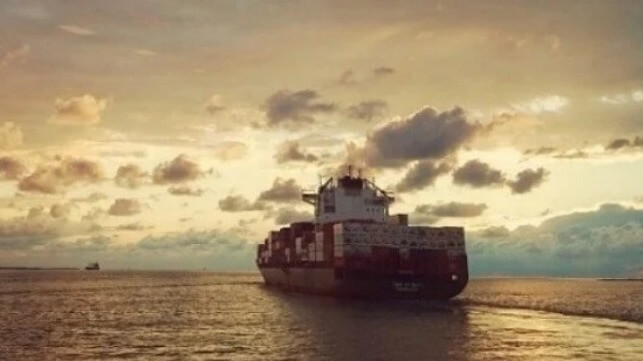
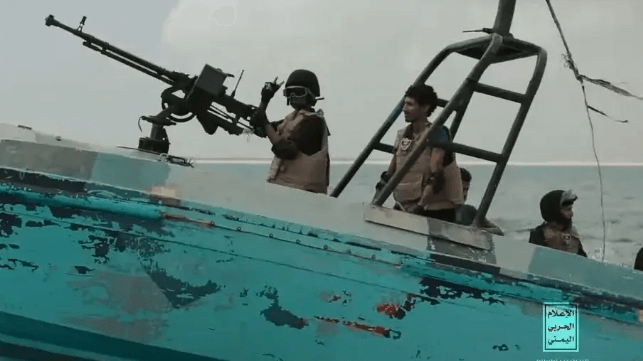
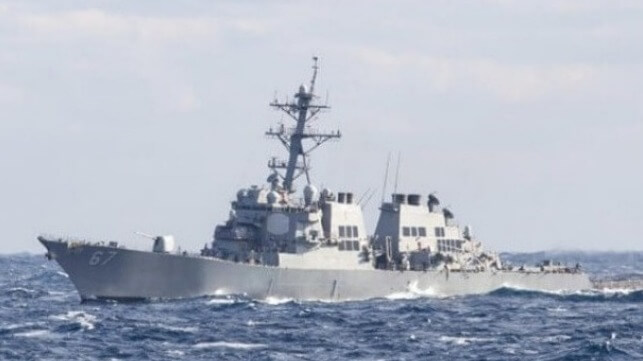
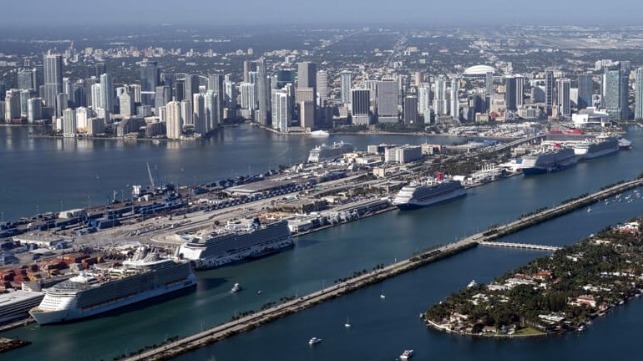
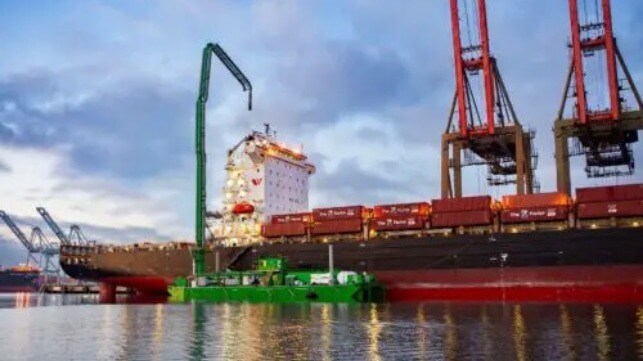
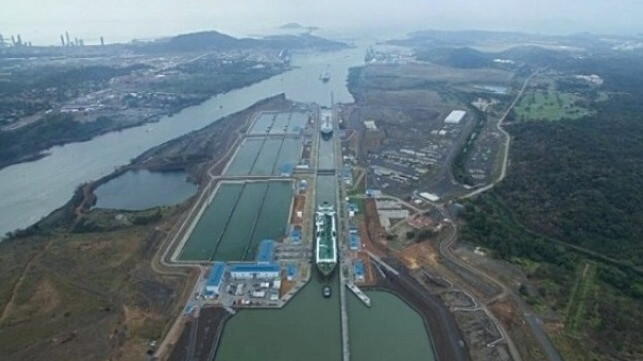
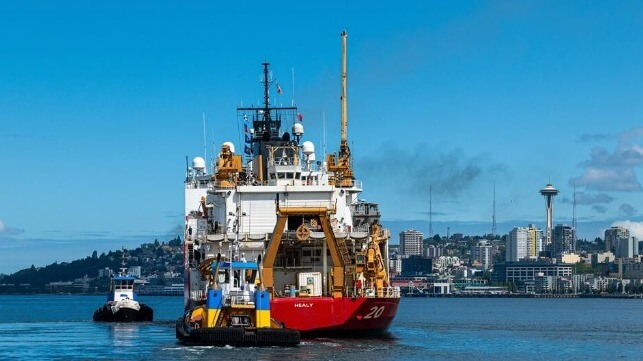
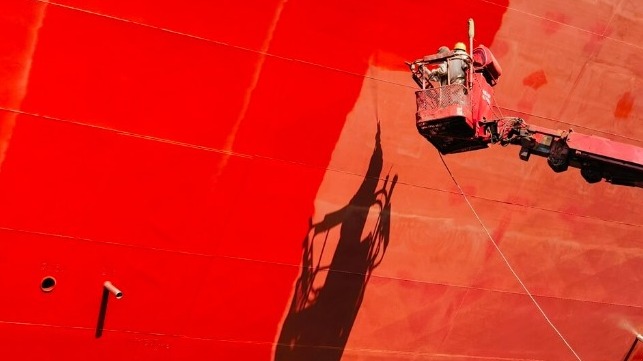
 Geopolitical and regulatory changes are pressing the maritime industry to address its effects on the environment and respond promptly and effectively to the energy transition. In 2023, the International Maritime Organisation (IMO) published its Greenhouse Gas Strategy at the Marine Environment Protection Committee (MEPC 80), creating a common ambition to reach net zero by 2050.
Geopolitical and regulatory changes are pressing the maritime industry to address its effects on the environment and respond promptly and effectively to the energy transition. In 2023, the International Maritime Organisation (IMO) published its Greenhouse Gas Strategy at the Marine Environment Protection Committee (MEPC 80), creating a common ambition to reach net zero by 2050.